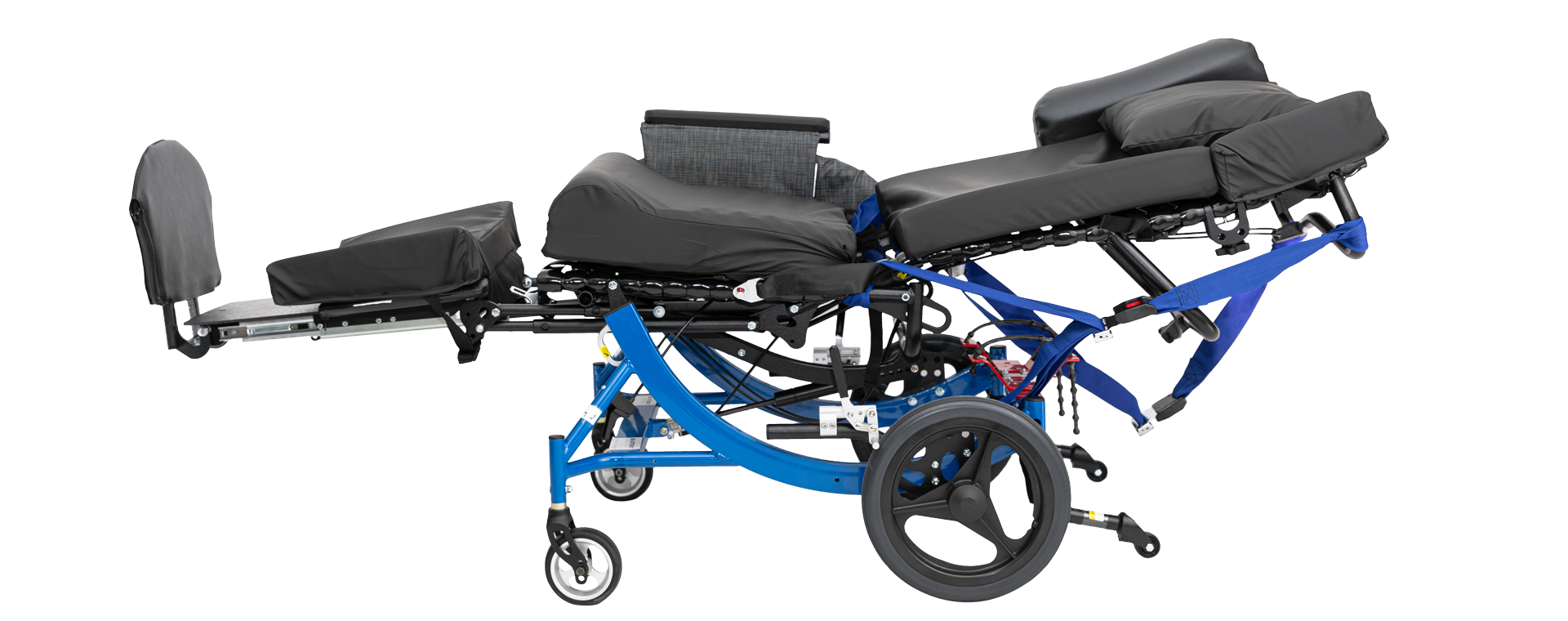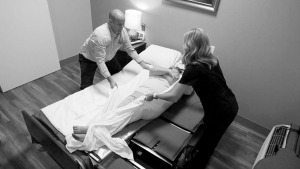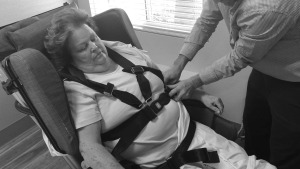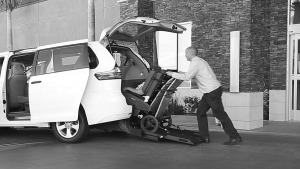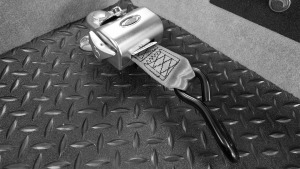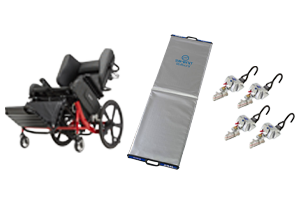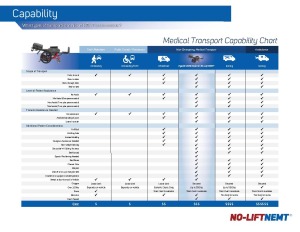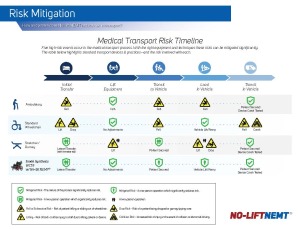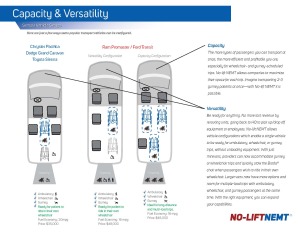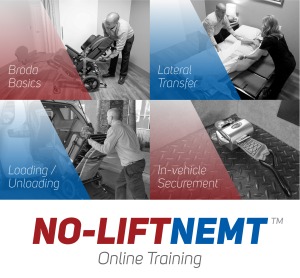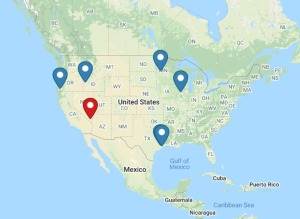No-lift Lateral Transfer
Four-point Harness
No-lift Vehicle Loading
Crash-tested Chair and Securement
Watch a No-lift NEMT Transport in 60 Seconds
of transports can be performed
without a gurney.
In 2017, one study of over 39,000 users of NEMT reported that only 3.9 percent of transports required a stretcher.
What is No-lift NEMT?
No-lift NEMT is a medical transport process designed to provide a safer, more dignified experience for the patient and caregiver. We call it No-lift NEMT because it eliminates two of the most dangerous steps in the transport process: lifting a patient from a bed to a wheelchair and lifting a wheelchair or gurney into a vehicle. Utilizing a fully-reclining, crash-tested wheelchair, a medical transfer board, vehicle securements, and a specific training protocol, No-lift NEMT can reduce risk, improve safety, and remove stretchers from the equation of routine medical transport. When understood and implemented properly, No-lift NEMT creates a new standard for medical transport. Our goal is to provide the tools and training to improve the transport experience for patients and transporters.
Discover No-lift NEMT
Explore the various facets of No-lift NEMT including the tools it requires, the benefits it offers, and more–all right here.
Compare the capabilities of No-lift NEMT vs traditional transport methods in one simple chart.
Compare the risks in ambulatory, wheelchair, and gurney transports–and how No-lift NEMT fits in.
Explore vehicles, capacity, and configurations possible with No-lift NEMT.
Learn how No-lift NEMT provides online and in-person training to ensure proper implementation.
FIND OUT MORE
How much will it cost? How does it work? What do I need? Learn more with a brief call or email. We will never share your contact information with anyone, for any reason.
Call us at 702-626-0375,
Or use the contact form below.

